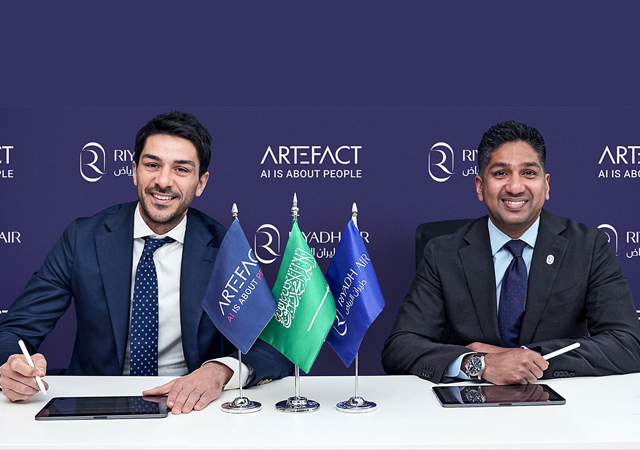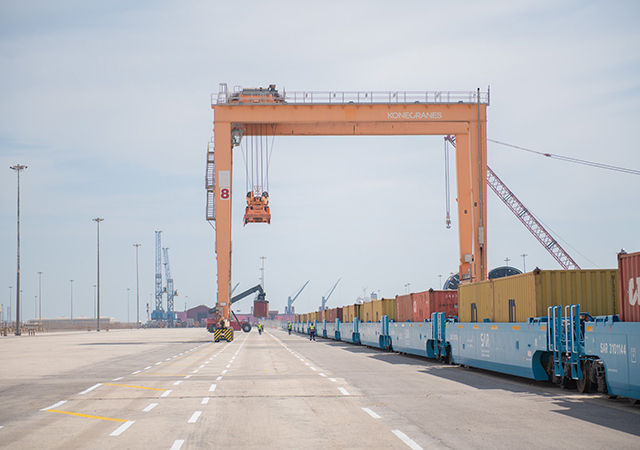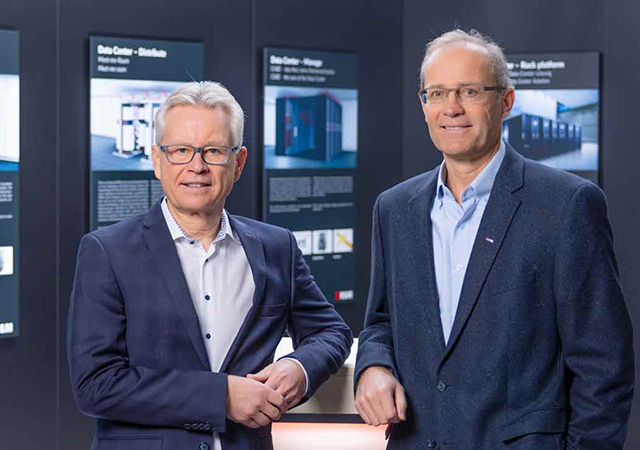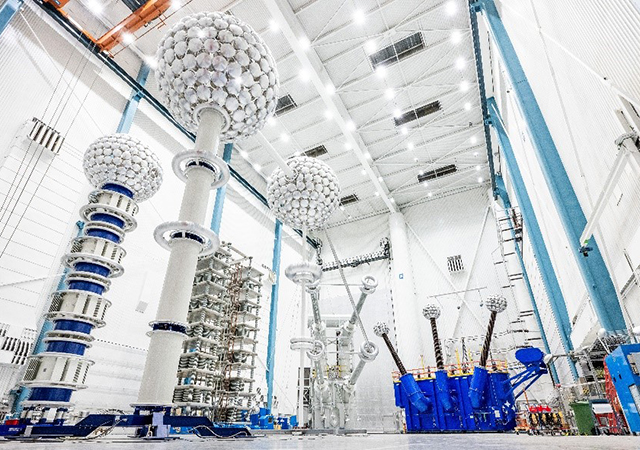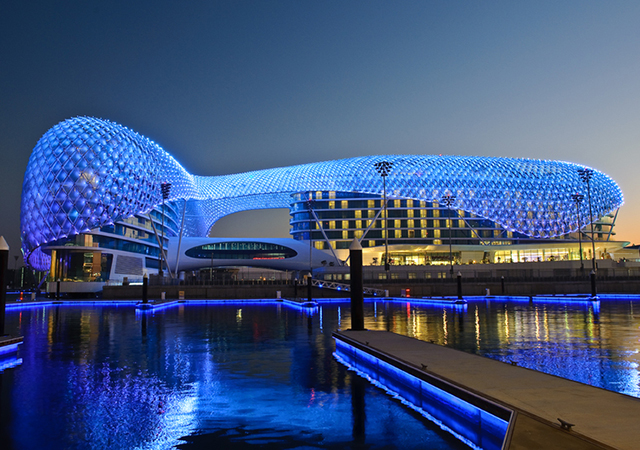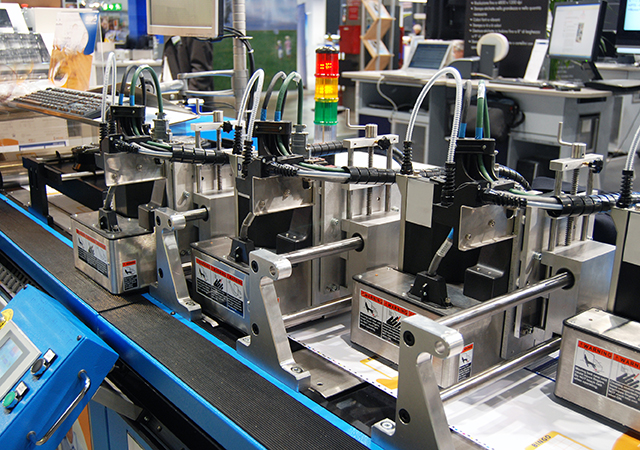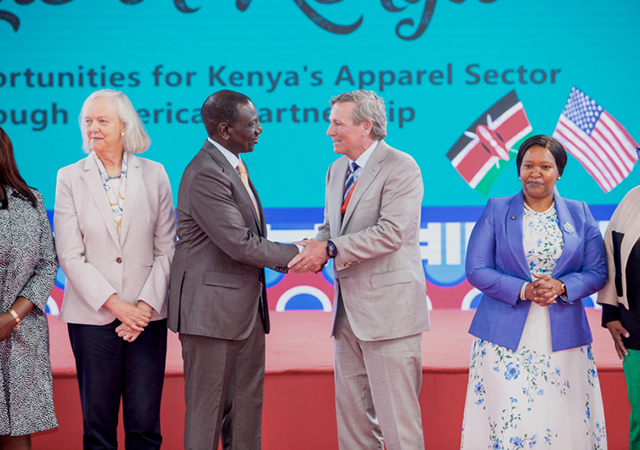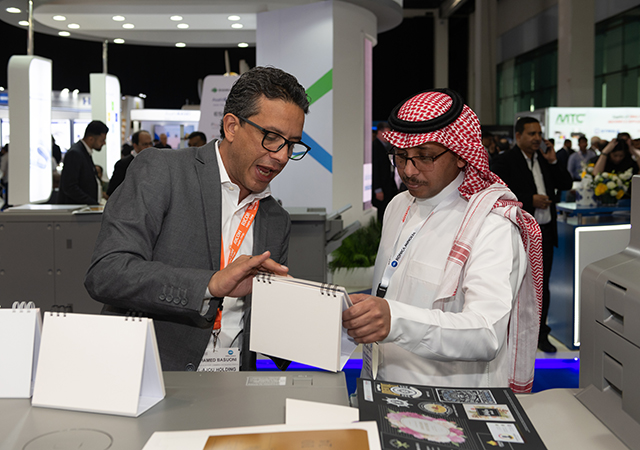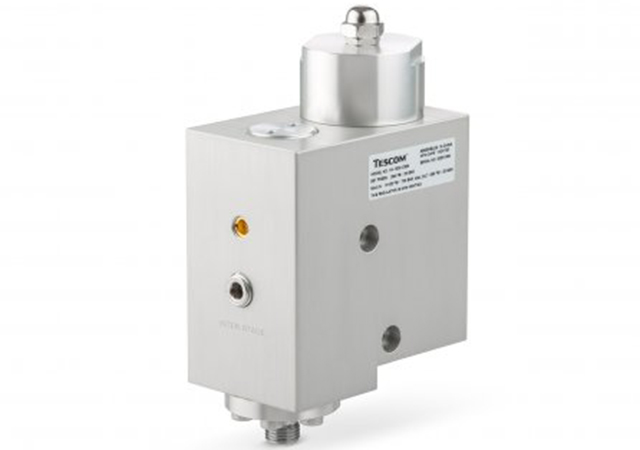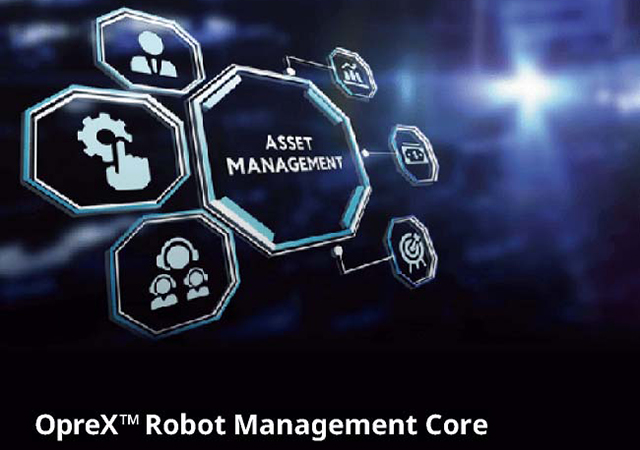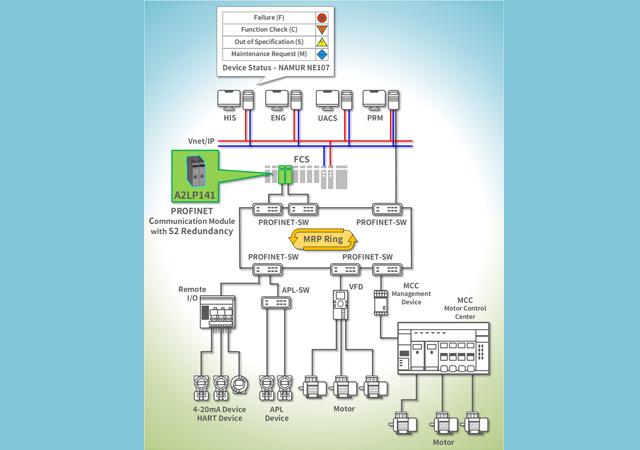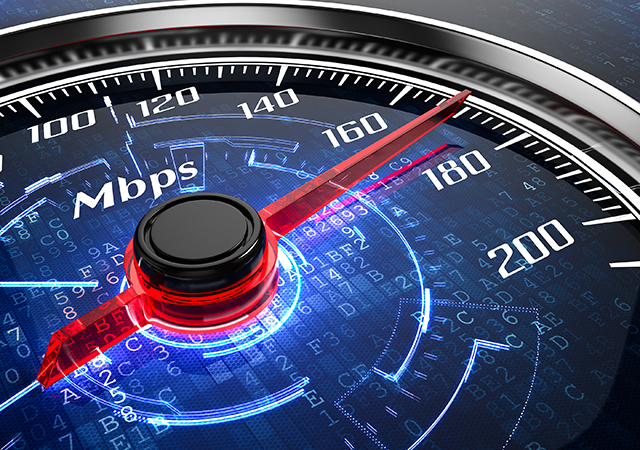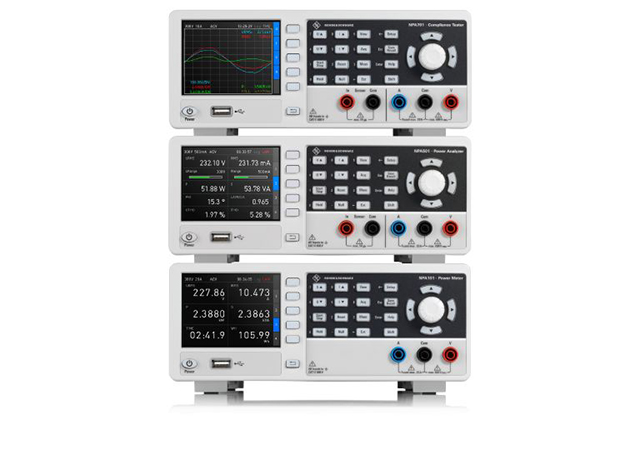
 FARO Stormbee: making wide area scan possible
FARO Stormbee: making wide area scan possible
The global oil and gas sector is increasingly using advanced laser scanning techniques to produce comprehensive digital documentation of processing plants, rigs and other large facilities. By utilising accurate records of as-built conditions, companies can slash repair and modification times, operate their assets more efficiently and to meet the industry’s strict safety and quality standards.
The oil and gas industry’s growing digital documentation requirements has prompted the emergence of specialised devices which are able to perform precise 3D laser scanning with a maximum of accuracy and a minimum of man power and time.
Until now these devices were bound to the ground, now they are conquering the airspace. FARO, provider of measurement solutions for the architecture, engineering and construction (AEC) industry and Think 3D, service provider of state-of-the-art 3D laser scanning and 3D modelling for the industrial market joined to offer Stormbee, an airborne, drone-mounted 3D laser scanner.
Stormbee is one of the most advanced systems for fast and mobile 3D laser data capture, said a company spokesperson.
 |
FARO unveils Stormbee |
Some of the advantages of an unmanned aerial vehicle (UAV) system are obvious. Drones can easily reach areas that are not visible from the ground. They are fast, light, mobile and take up little space. They are operated by one person, can be used in human hazardous environments, so industrial plants and other dangerous facilities can be scanned during operation. But the biggest advantage is not so obvious, he said.
“The use of the drone saves an incredible amount of time. Scanning large objects from a stationary point of view requires frequent repositioning of the scanner. The scanning equipment has to be moved around all the time to get all angles of the facility to ensure a complete 3D model, in certain cases even stopping the whole production line to avoid deviations. The results of the measurements are single 3D data sets (point clouds) for each position which have to be linked (registered) to one single project,” he explained.
A process which needs tremendous time and traditionally was done in the bureau. Using the current FARO Focus laser in combination with Scene software, this can be done today on-site while scanning (one big advantage of the FARO scan solution), but the drone avoids this problem principally. During the flight the scanner produces only one single point cloud, which does not have to be registered at all.
The obvious way would have been to choose an existing drone and adjust the scanner. But the slightest gust of wind can destabilise the drone, thus impacting the accuracy of the scan. When placing a laser scanner on a drone there will always by a certain level of deviation. The usual way would have been to choose an existing drone and to adjust a scanner. To bring back deviations to the bare minimum, Think 3D decided to build the needed UAV around the FARO Focus.
Another compelling advantage to consider big advantage of this way is the significant reduction in the price of the resulting system. Users can operate the UAV with a terrestrial FARO Laser Scanner, which can also be used independently as a terrestrial laser scanner.
To research if the UAV could be equipped with the laser scanner, Think 3D combined a team of specialists in aerospace, aviation and UAV technology. After a period of four years research, Stormbee was ready to take off.
Stormbee is set up and used in a minimal amount of time. The Stormbee UAV is equipped with Beeflex software, the most straightforward flight path software in the industry. Beeflex is utilised to compile the Stormbee scan data and produce required deliverables.
Users and service provider should be able to provide individually tailored 3D models for a wide range of customers as swiftly as within 24 hours using the Stormbee solution, he added.


